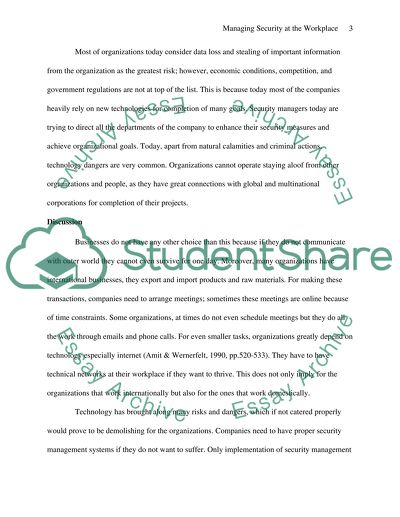Cite this document
(“Managing Security at the Workplace Essay Example | Topics and Well Written Essays - 3500 words”, n.d.)
Managing Security at the Workplace Essay Example | Topics and Well Written Essays - 3500 words. Retrieved from https://studentshare.org/sociology/1400299-evaluate-the-options-at-the-security-manager-s
Managing Security at the Workplace Essay Example | Topics and Well Written Essays - 3500 words. Retrieved from https://studentshare.org/sociology/1400299-evaluate-the-options-at-the-security-manager-s
(Managing Security at the Workplace Essay Example | Topics and Well Written Essays - 3500 Words)
Managing Security at the Workplace Essay Example | Topics and Well Written Essays - 3500 Words. https://studentshare.org/sociology/1400299-evaluate-the-options-at-the-security-manager-s.
Managing Security at the Workplace Essay Example | Topics and Well Written Essays - 3500 Words. https://studentshare.org/sociology/1400299-evaluate-the-options-at-the-security-manager-s.
“Managing Security at the Workplace Essay Example | Topics and Well Written Essays - 3500 Words”, n.d. https://studentshare.org/sociology/1400299-evaluate-the-options-at-the-security-manager-s.


